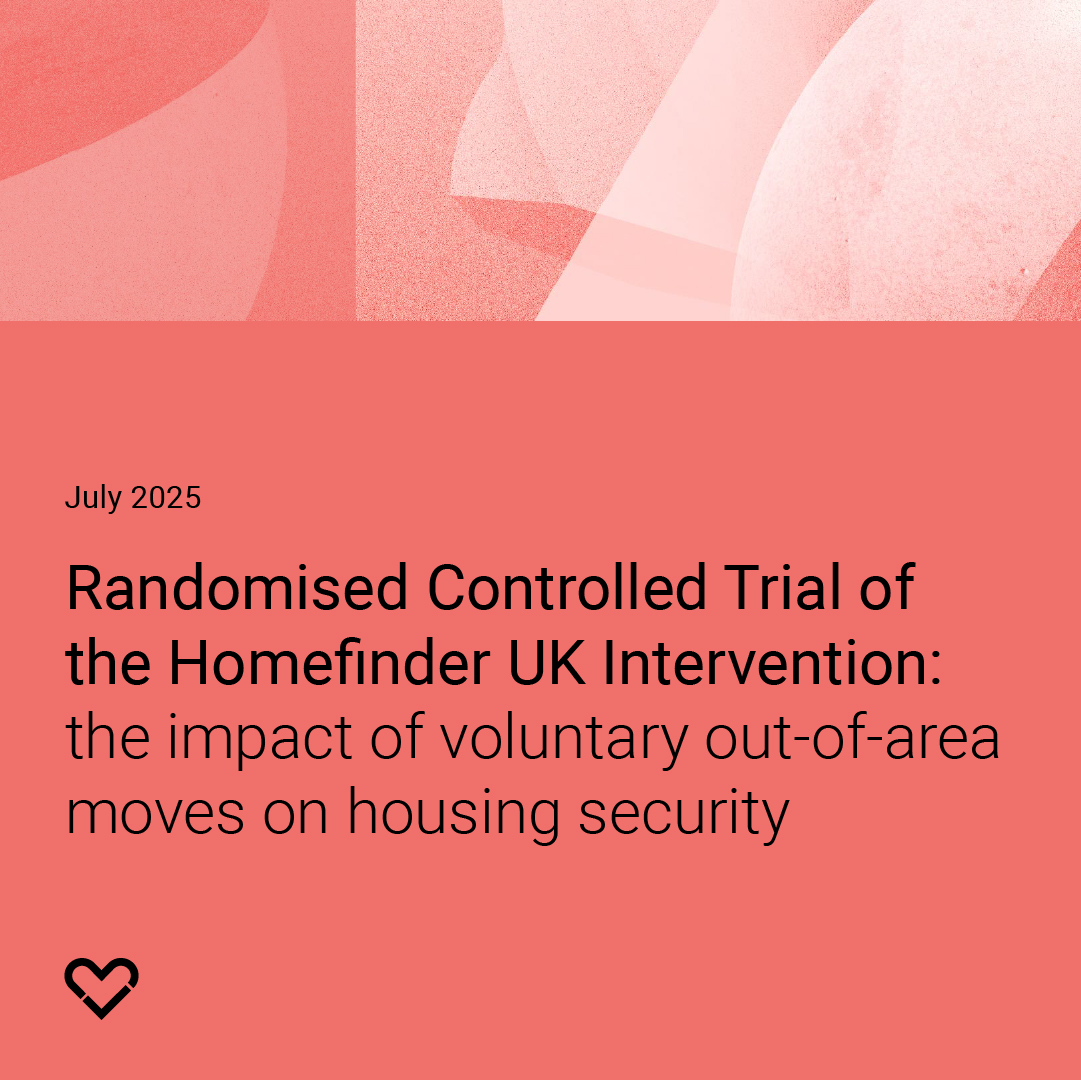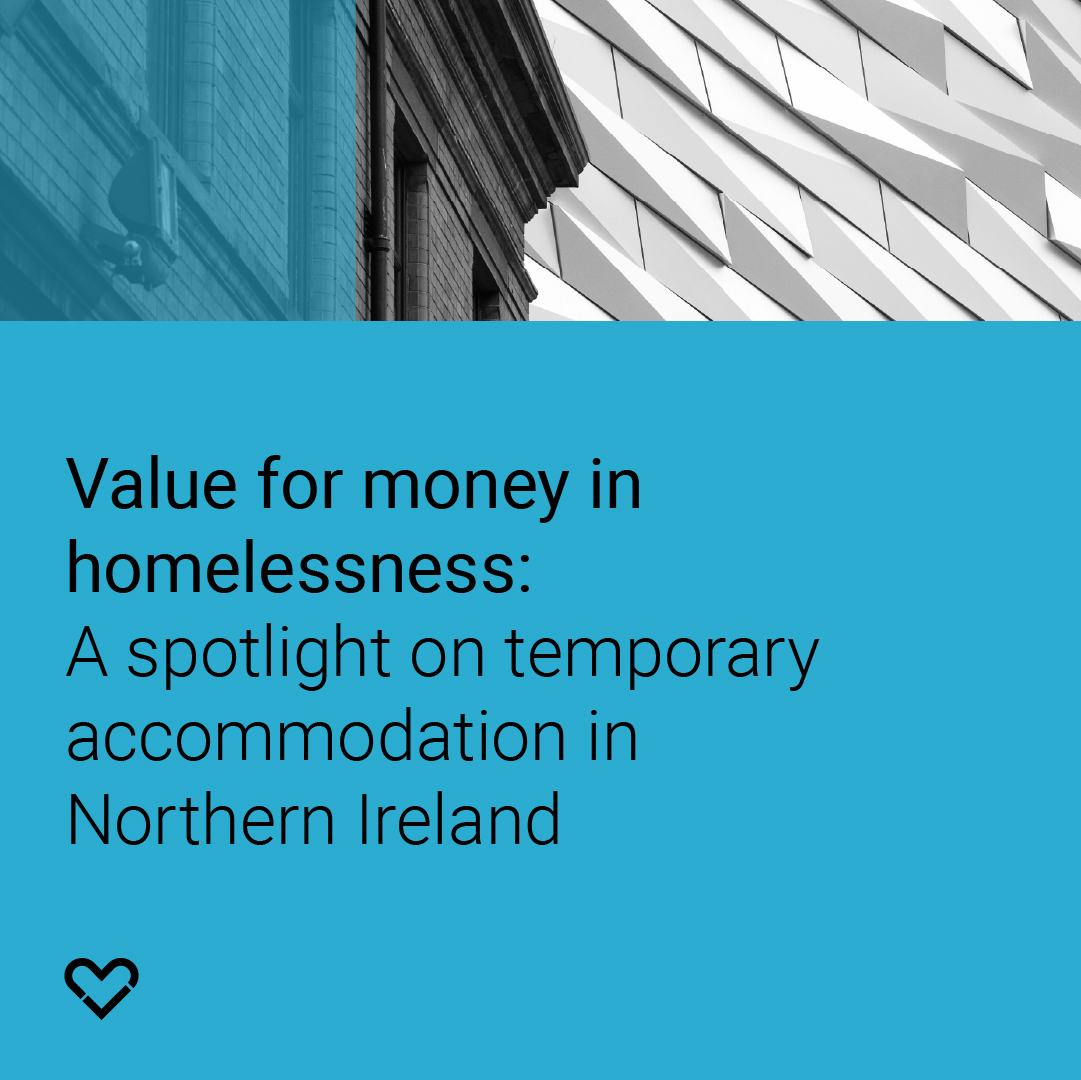European Journal of Homelessness: Governing Through Definitions and Numbers
Outline of the paper
This paper analyses how the four Nordic countries (Denmark, Finland, Norway, and Sweden) use periodic national surveys of homelessness not just as data collection exercises, but as instruments of governing homelessness policy. The authors examine how definitions, methodologies, and the categorisation of homeless populations have become mechanisms of governance and policy implementation.
Findings in brief
- All four Nordic countries conduct periodic national homelessness surveys. The starting points for these vary, 1987 (Finland) to 2007 (Denmark).
- Survey frequency ranges from annual (Finland) to every 6 years (Sweden) and are carried out either by state agencies or research institutes
- The broad definition of homelessness used by the ’Nordic method’captures many ’hidden homeless’" people. However, some groups, such as temporary migrants, may be counted separately or excluded
- Surveys serve the dual functions of monitoring policy effectiveness and governing local implementation
- All countries have developed national homelessness strategies closely linked to their survey data. Norway's first programme was a direct result of its 1996 survey, which indicated poor services Denmark and Finland have the most comprehensive strategies, supported with significant funding.
- Sweden has a weaker political interest than other Nordic countries, despite being a research leader and originating the Nordic methodology
No items found.





.jpg)

